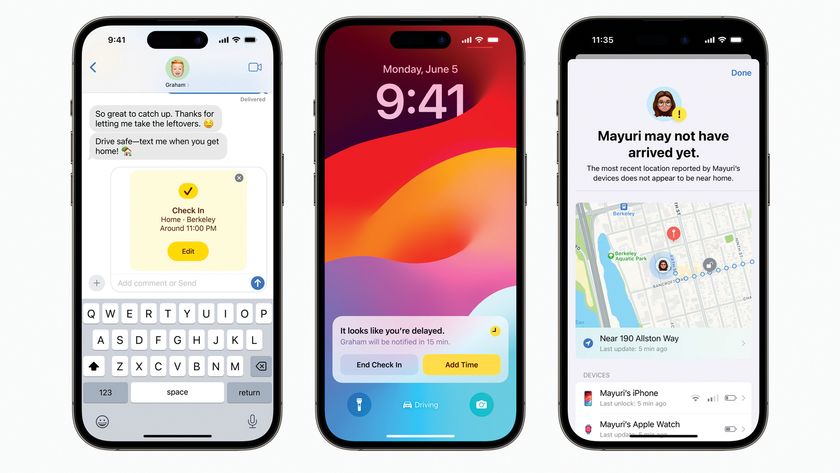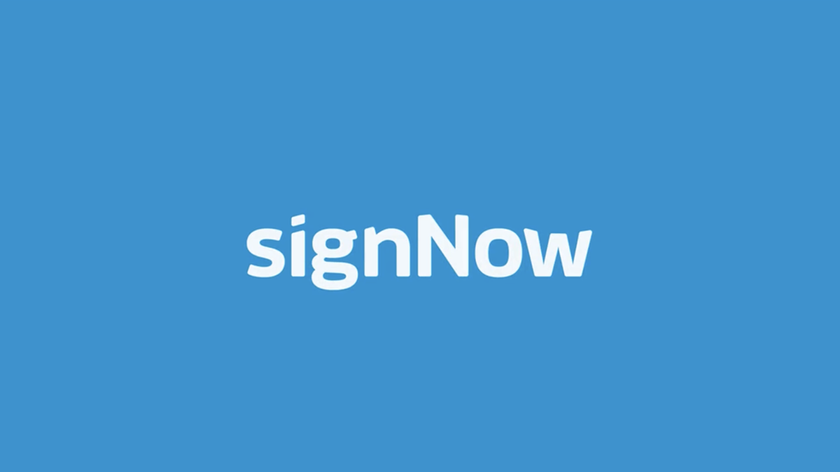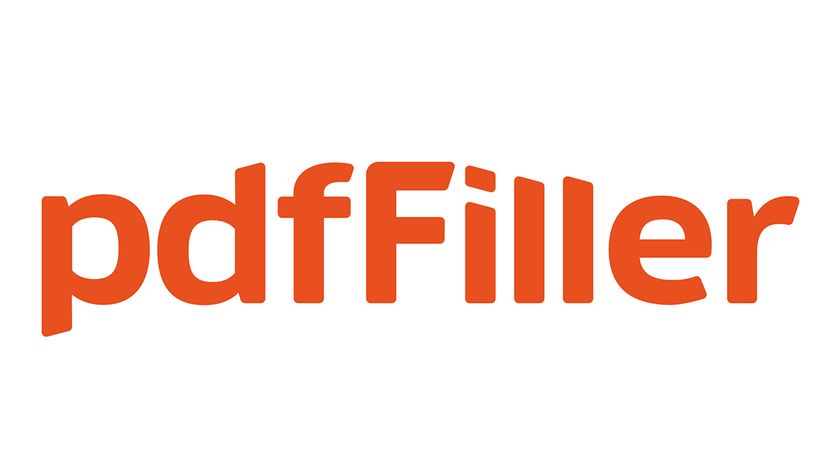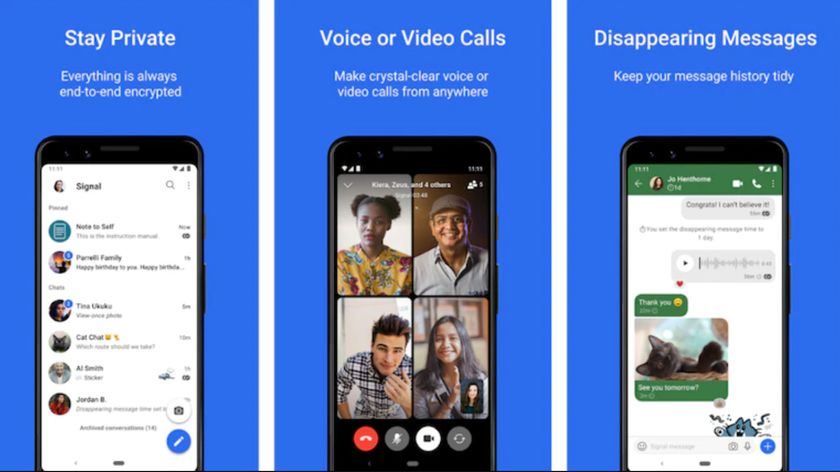6 amazing tools for creative collaboration
These tools are your ticket to a perfectly harmonious workflow.
Collaboration is crucial for any successful design studio project, whether it's between internal team members, different agencies, or with external specialists in a particular craft or discipline.
There are many different collaboration tools available – some free; some available on a tiered subscription basis. The choice between them will depend on exactly how you plan to collaborate, and with whom.
There are also some great one-stop-shop project management tools. One of the most established is Basecamp, which includes to-do lists, project management tools, wiki-style documents, file sharing, messaging and more within its slick, simple interface.
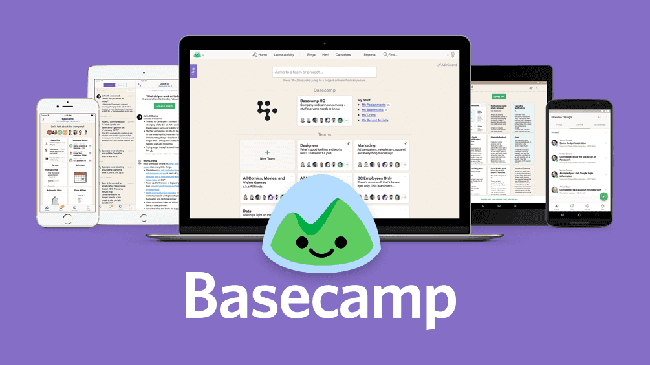
So well established is Basecamp, in fact, that many of its rivals specifically market themselves as alternatives to it. Take Monday, for example, which integrates Gantt charts and agile project management methods, or Freedcamp, billed as "the closest free alternative you will ever get to Basecamp".
Sometimes, however, you need a more task-specific collaboration tool. Maybe you don't plan to shift your whole agency to a new project management solution, or you're frustrated with the limitations of your current tool when it comes to certain functionality.
If this is the case, read on for our guide to six common collaboration challenges that many design studios face – and the best tools for managing each of them...
01. Communicating with the rest of the team
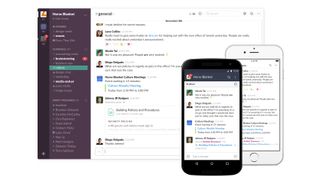
Whether you're bringing together a disparate team scattered in remote locations, or just chatting with colleagues on the other side of the studio, Slack is the tool of choice for many design agencies keen to improve communication.
Get the Creative Bloq Newsletter
Daily design news, reviews, how-tos and more, as picked by the editors.
By splitting the conversation into channels, you can tune straight into relevant exchanges about any given project, while switching off anything irrelevant if you choose to – although many agencies will have a channel reserved for team banter.
Best of all, compared to email exchanges – which can become confusing as remote team members cross streams, or people forget to reply all – Slack keeps the discussion in one place, reducing the number of emails and face-to-face meetings, and making everything run more smoothly.
There are some great alternatives on the market, notably Flock – which pitches itself as a "team communication app and online collaboration platform", as well as the "most economical alternative to Slack".
02. Brainstorming and developing ideas
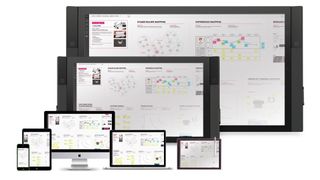
While many design studios swear by the hands-on, analogue approach of gathering the team in a room with a whiteboard, a flip-chart, sketches or Post-Its stuck to the wall, when it comes to remote collaboration this approach isn't feasible.
Fortunately, there are plenty of tools out there to facilitate brainstorming online, to make sure everyone feels involved in the process. Once such tool is Mural, which enables team members to share thoughts visually.
Files, links and documents can all be dragged and dropped onto a shared digital drawing board which is updated in real-time, so two particularly opinionated team members can even have a live argument over a concept from opposite sides of the country.
Another popular brainstorming tool is Conceptboard, which is optimised for creative teams and provides flexible, web-based collaborative whiteboards. Like Mural, it facilitates simple drag-and-drop sharing of files for team members to annotate and discuss.
03. Managing shared to-do lists
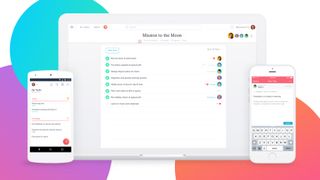
Task management is one of the most important parts of managing a complex project, particularly when multiple people are involved at different stages. It gets even more complicated when they're based remotely.
Asana is perfect for this very specific part of the collaboration process, as it's structured entirely around lists of tasks – which can be attributed to individual team members, with accompanying deadlines.
One of the most useful aspects is the ability to convert emails directly into tasks, either from your G-Suite email using the free plugin or by sending an email to an address associated with a particular project.
For small businesses and freelancers, Asana is free for the first 15 users - with unlimited projects and tasks included – but pricing then increases in tiers, with additional features coming into play such as task dependencies and custom fields.
04. Keeping track of projects in a visual way
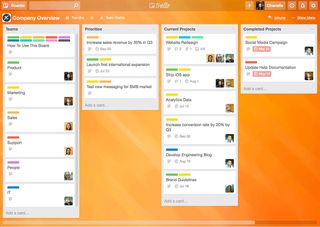
The most direct rival to Asana is Trello, which is also a user-friendly project management tool that helps facilitate remote collaboration – but rather than being based on task lists, is structured more like a virtual pinboard.
Whether you choose Asana or Trello really depends on how you, and your team, prefer to visualise projects. Where Asana is brutally simple and list-based, giving you the satisfaction of ticking things off, Trello gives you Post-It note-style 'cards' that can include text, photos, drawings and mockups.
These are all hosted on a central board for your entire team to collaborate on, while you can view the progress of the overall project at a glance. It's also free, although its Gold package adds functionality, such as larger attachments and saved searches.
05. Managing feedback and revisions
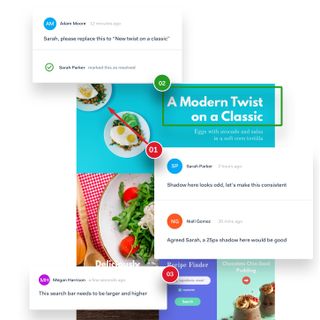
Of course, another key aspect of the collaborative design process is between designer and client, and while many of the other tools on this list could involve them too if you choose to, there are also more focused ways to collect feedback and manage amends and revisions.
One such example is GoVisually, which essentially provides a platform for your team and your clients to mark annotations and comments on work-in-progress designs.
These annotations can highlight particular areas of the design using elliptical, rectangular or lasso-based selection tools, and different people's comments are recorded on separate layers that can be toggled on and off.
Concept Inbox is another tool that helps facilitate designer-client collaboration during the sign-off process, providing a dashboard setup to upload images, collate feedback, and re-upload amends with full version control. For digital designers, there's also the capacity to create interactive prototypes to demonstrate how ideas will work in practice.
06. Designing collaboratively
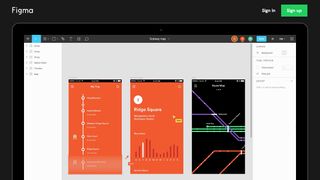
Perhaps one of the most complex and difficult collaborations to manage remotely is the design process itself. Ultimately, there's no substitute for a design team sitting together and talking things through face-to-face.
However, there are various tools that help facilitate creative work. Built into Adobe Creative Cloud, for instance, is the ability to share assets with other CC users, and work cooperatively on them in the cloud.
Figma is another creative collaboration tool, pitched more at UI designers. An entire team can work simultaneously on an interface design on the same page, while work in constantly saved - with version control built in. Shared brand assets and colour palettes help maintain a consistent look and feel.
And anyone working with moving image should check out Frame.io, a collaborative tool that enables teams to upload footage in 150 different formats, create storyboards, and manage threads of comments and annotations in one place.
Related articles:

Thank you for reading 5 articles this month* Join now for unlimited access
Enjoy your first month for just £1 / $1 / €1
*Read 5 free articles per month without a subscription

Join now for unlimited access
Try first month for just £1 / $1 / €1

Nick has worked with world-class agencies including Wolff Olins, Taxi Studio and Vault49 on brand storytelling, tone of voice and verbal strategy for global brands such as Virgin, TikTok, and Bite Back 2030. Nick launched the Brand Impact Awards in 2013 while editor of Computer Arts, and remains chair of judges. He's written for Creative Bloq on design and branding matters since the site's launch.







